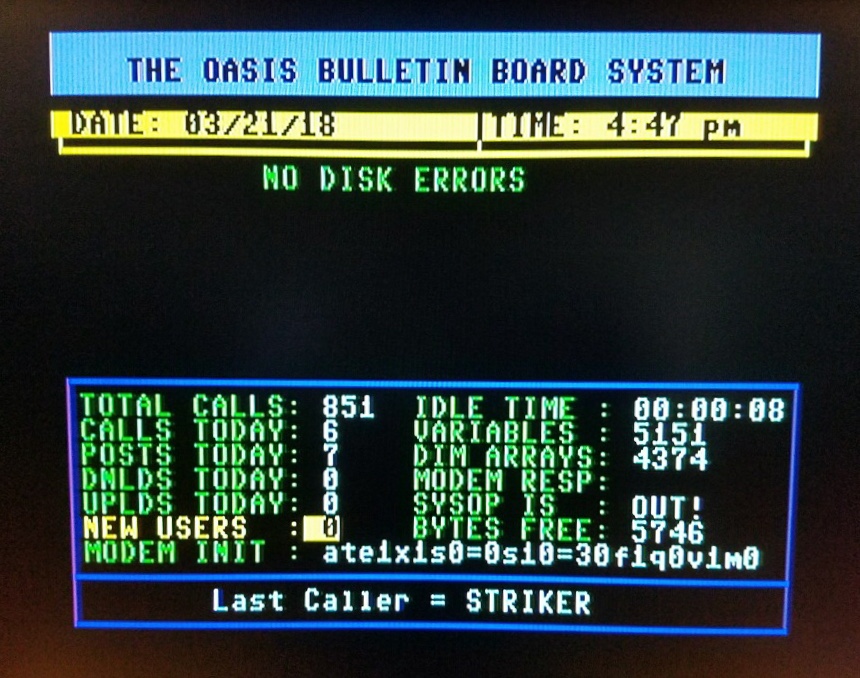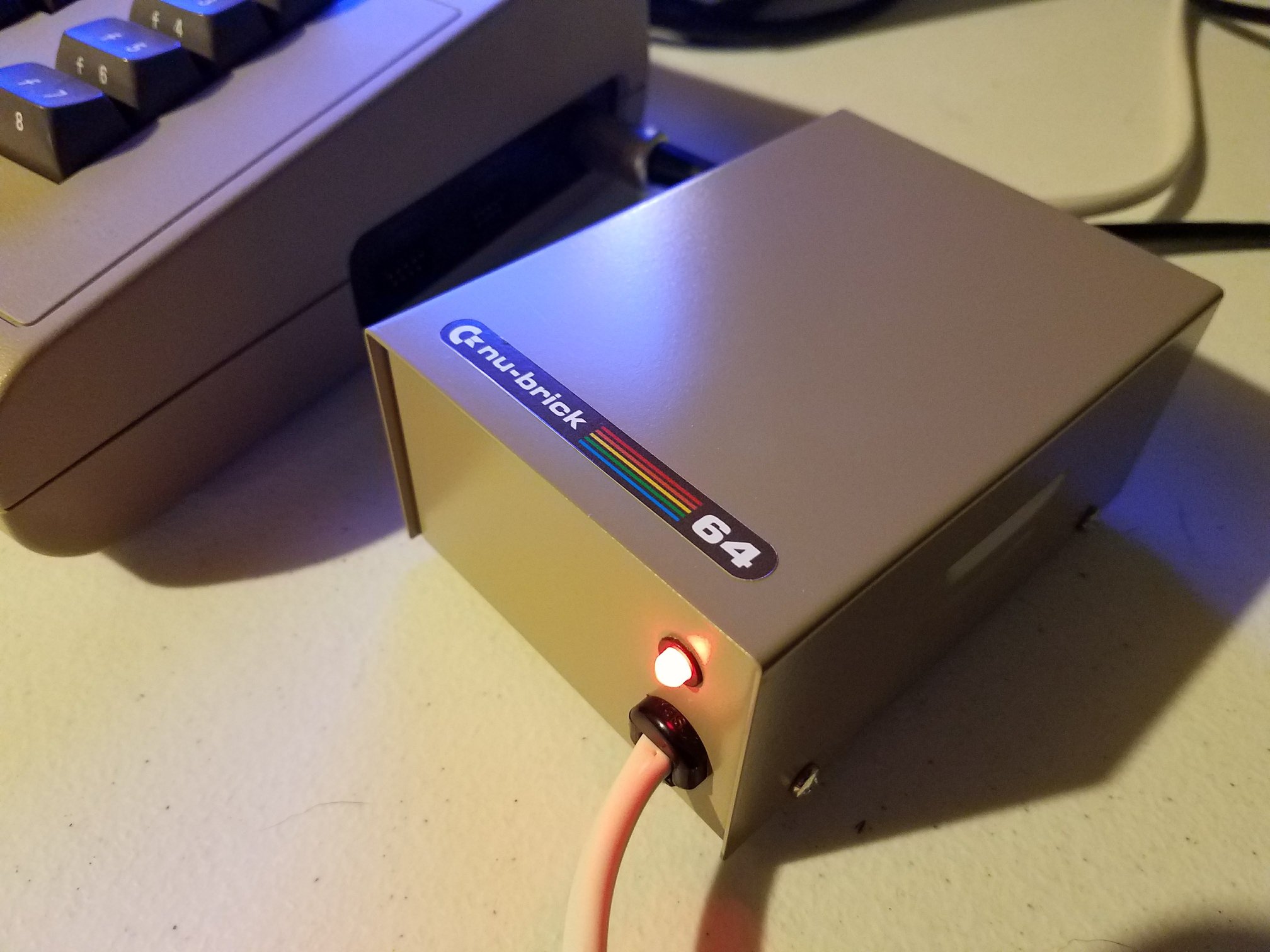RavenWolf Retro Tech returns with fresh progress on his CMD hard drive revival as he prepares his Commodore 128 for new development work. He plans to use the CMD HD-20 for testing, file prep, and the floppy workflow behind his upcoming RPG. The CMD hard drive revival becomes the focus of this update as he attempts to restore several long-stored units.
He starts with the drives he discovered last year while sorting the Stone Collection. They sat hidden under covers and reminded him of his old Amiga hardware. While searching the files, he uncovered a complete CMD controller board schematic from 1990. Since it never appeared online, he had it scanned and uploaded to the Internet Archive for others to use.
He checks each drive’s power supply next. The CMD units share the connector used on late Commodore floppy drives, so voltage matters. Once the supply tests correctly, he powers up a unit that likely sat untouched for decades. It spins, but it refuses to function. The second drive behaves the same way. A loose 49 megabyte drive finally responds, giving him a reason to continue.
He explains how the CMD HD series introduced SCSI storage to the Commodore 64 and 128. The drives connect through a serial interface, with optional parallel support for faster transfer. They also include JiffyDOS support for users with the ROM installed. When new, the 20 megabyte model cost around six hundred dollars. Later and larger units climbed far higher before production ended in the early 2000s.
After some hardware swaps, the drive mounts and reveals a huge collection of files. He finds utilities, users group disks, Promenade EPROM programmer software, and several classic games. The drive sounds weak, so he begins an urgent effort to archive everything before it stops working.
He outlines upcoming goals: installing a SCSI to SD setup for reliability, upgrading his Commodore 128D with a RAM expansion, and preparing JiffyDOS support. He closes by thanking viewers, noting the unexpected attention his recent DDM video received, and confirming that more updates are on the way.
The CMD Schematics can be found on the Wayback Machine.







